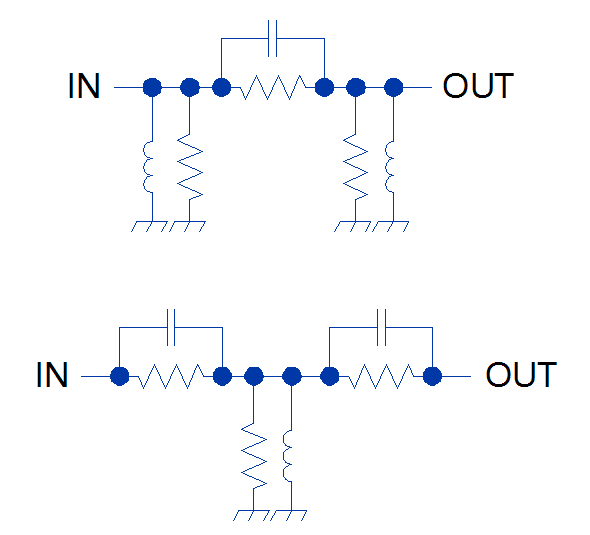Phase-Matched Cable Assemblies

Phase-matched cable assemblies are ubiquitous, and modern-day phase matching requirements serve to drive their growing popularity. As electrical length matching requirements have tightened to less than one or two degrees, the mechanical precision with which various styles of cable are constructed has improved to keep pace. Additionally, dielectrics more exotic than tried-and-true Teflon are being researched and introduced to afford greater phase stability. Volumes have been written on how to phase-match cable assemblies and dozens and dozens of companies practice this discipline. Why is phase-matching so prevalent, and why does it matter so much? In this article we answer these questions by highlighting many phase-matched cable applications and the effect of varying phase length on systems in the RF/microwave domain. We also describe Mini-Circuits’ capabilities in the phase-matching cable arena.
BOOST YOUR KNOWLEDGE: A COMPREHENSIVE GUIDE TO RF CABLES – TYPES AND APPLICATIONS EXPLAINED

RF cables are used to transfer radio frequency signals from one device to another. These cables are used in a wide range of applications, including wireless communication systems, test and measurement equipment, and RF circuit design. RF cables can also be used to connect antenna to transmitters and receivers, and in many other applications where high-frequency signals are present.
Choosing the Right RF Coaxial Cable Assembly for Your Application

Selecting the right RF/microwave cable assembly can be a confusing task considering the variety of products on the market and the multiple characteristics of each. Adding to the challenge, many products don’t lend themselves to a straightforward, “spreadsheet” comparison. This guide was written to go beyond the spec sheet and help you find the right cable for your needs more quickly and more knowledgeably. We will review the different categories of RF cables and their attributes and provide some guidelines on how to prioritize parameters for your application. Note that we omitted fundamental RF theory because much has been written on that subject and this is meant to be a practical resource for engineers in the field rather than a study guide. We also omitted corrugated and CATV coaxial cable as those are typically used for niche applications.
More than Just a Phase: Understanding Phase Stability in RF Test Cables

One important factor in ensuring accurate, repeatable measurements in RF test applications is the stability of performance of the test cable used. In most test environments, cables undergo frequent bending during normal use, which can result in changes in phase and other performance parameters. Depending on the cable, these changes can be significant enough to degrade the accuracy and precision of your measurements. Therefore, in choosing the right test cable for your needs, it’s important to consider how bending affects cable phase performance and how a cable is (or isn’t) qualified for stability of phase versus flexure.
Compensating Frequency-Dependent Cable Loss in CATV Systems with Mini-Circuits Voltage-Variable Equalizers

In broadband communications systems such as CATV equipment, system performance may critically rely on gain or attenuation flatness. In particular, CATV systems are often plagued by issues resulting from the frequency-dependent attenuation of very long cables (increasing with frequency) as well as the negative gain slope of certain amplifiers. This negative gain slope exhibited by CATV system components can cause a variety of headaches for system designers.
Affordable Solutions for Testing 28 GHz 5G Devices with Your 6 GHz Lab Instrumentation

The capabilities that define the 5G wireless standard will require utilization of wider bandwidths across more regions of spectrum than any current wireless technology. 5G communications will eventually occupy multiple bands from below 6 GHz to above 60 GHz. For now, much of the development effort is divided among sub-6 GHz bands for vehicular connectivity and longer-range transmissions, and the 26, 28, 38 and 60 GHz bands for enhanced mobile broadband applications. The migration to higher frequencies and the multi-band nature of the technology pose a variety of unique challenges for designers developing 5G devices and network equipment. Significant among these is the high cost of instrumentation for test and measurement over such a wide range of frequencies.
פיצוי על הפסדים תלויי תדירות בכבלים של מערכות טלוויזיה בכבלים בעזרת התקני השוואה משתנים במתח של Mini-Circuits

במערכות תקשורת בפס רחב, כגון מערכות ציוד עבור טלוויזיה בכבלים (CATV), ביצועי המערכת יכולים להסתמך באופן משמעותי ביותר על שטיחות (flatness) ההגבר או שטיחות ההנחתה. לעתים קרובות, ההפרעות במערכות טלוויזיה בכבלים נובעות מבעיות שמקורן בהנחתה תלוית תדירות של כבלים ארוכים במיוחד (הגדלה עם התדירות) וכן משיפוע ההגבר השלילי של מגברים מסוימים. שיפוע הגבר שלילי זה, שבא לידי ביטוי ברכיבים של מערכות טלוויזיה בכבלים, יכול לגרום לא מעט כאבי ראש למתכנני המערכות.





